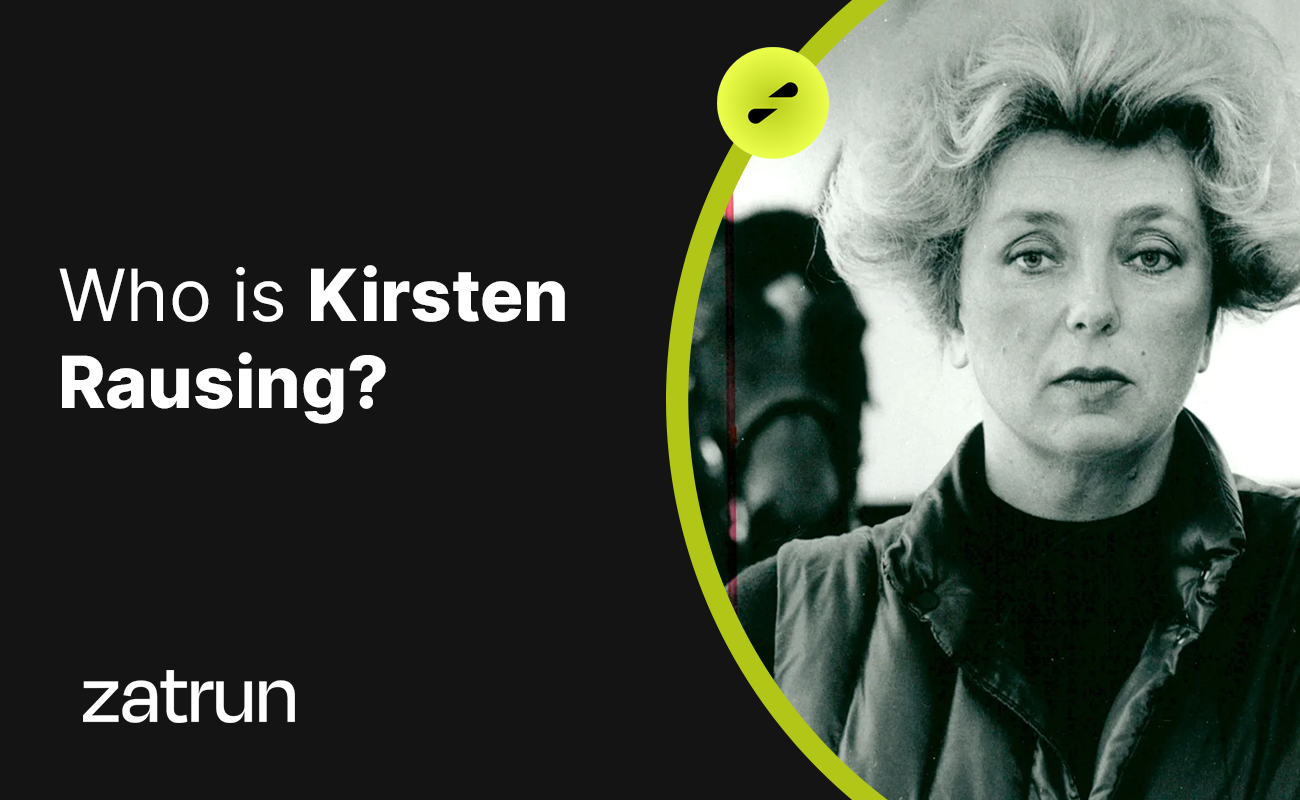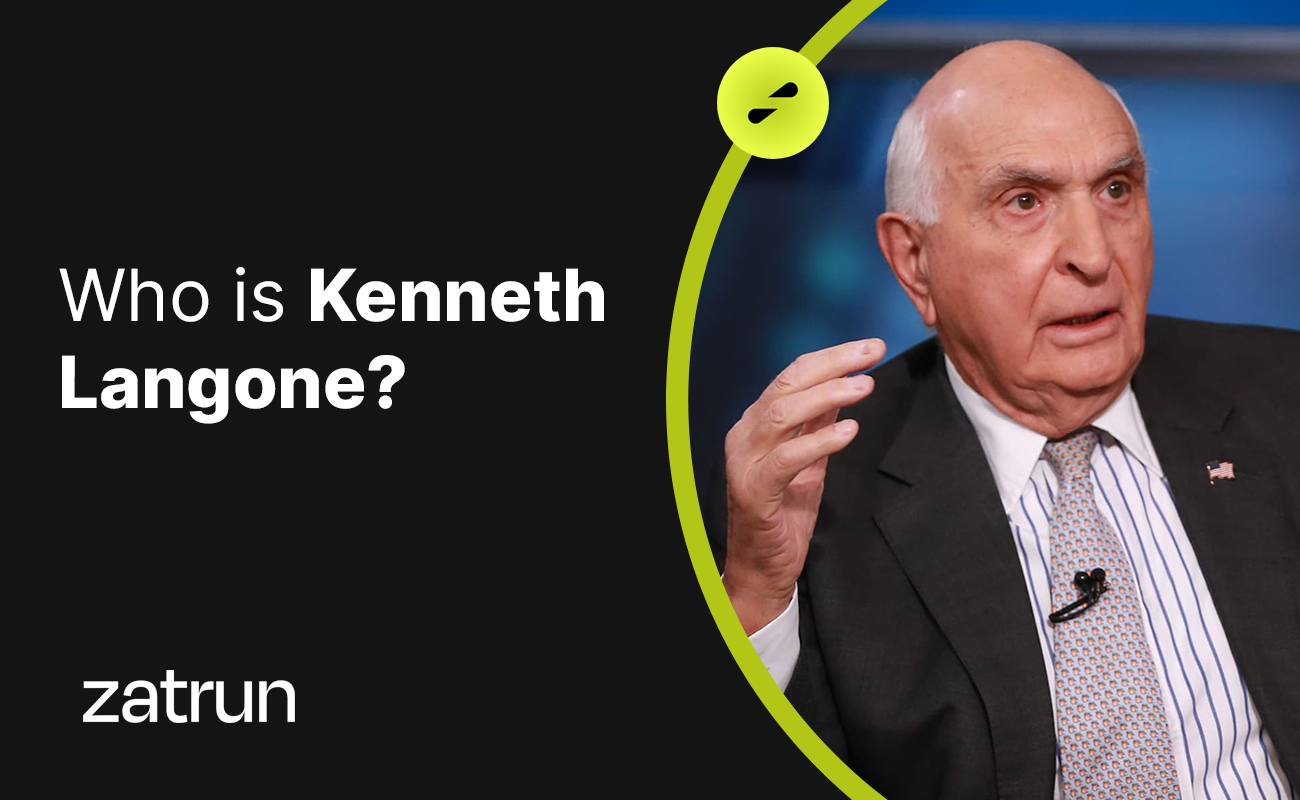Robert Solow 101: Who is the Famous American Economist? In this article on Zatrun.com, we will cover in detail everything you need to know about Robert Solow, the famous American economist that our readers are curious about.
Who is Robert Solow?
Robert Solow is an American economist known for his work on economic growth. He was born on August 23, 1924 in Brooklyn, New York and is the eldest of three children. he won the John Bates Clark Prize in 1961 and the Nobel Prize in Economics in 1987. Solow attended a public school near his home and excelled academically. In 1940, Solow received a scholarship to attend Harvard College, where he studied sociology and anthropology. Robert Solow was also studying economics.

In 1945, he returned to Harvard and began research under Wassily Leontief, creating the first capital coefficients for input-output analysis. Robert Solow’s interest then shifted to probability and statistics. in 1949-1950, Solow won a scholarship from Columbia University and began to work intensively on statistics. However, he also tried to obtain new data by using Markov processes to study the distribution of income in unemployment and wage rates.
Solow applied for and was accepted to an assistant professorship in the Department of Economics at the Massachusetts Institute of Technology before going to Columbia University in 1949. He eventually focused on macroeconomics and collaborated with Paul Samuelson for nearly 40 years to develop various theories, including the von Neumann theory of growth (1953), capital theory (1956), linear programming (1958) and Phillips Curve (1960). Solow has also worked on various projects for the U.S. Federal government, especially in the areas of unemployment, growth policies, and monetary theory.

Some of His Notable Works
In 1961, Solow received the John Bates Clark Medal from the American Economic Association, given to the top economist under the age of 40. He was also awarded the Nobel Prize in Economics in 1987 for his work on economic growth. in 1999, he received the National Medal of Science. Some of Solow’s notable works include:

- “Contribution to the Theory of Economic Growth” (1956) was published in the Quarterly Journal of Economics.
- “Technical Exchange and the Total Production Function” (1957) was published in the Review of Economics and Statistics.
- “Linear Programming and Economic Analysis”, co-authored with Robert Dorfman and Paul Samuelson (1958).
- “Technical Progress, Capital Formation and Economic Growth” (1962) was published in The American Economic Review.
- “Theory of Capital and the Rate of Return” (1963)
- “The Sources of Unemployment in the United States” (1964)












